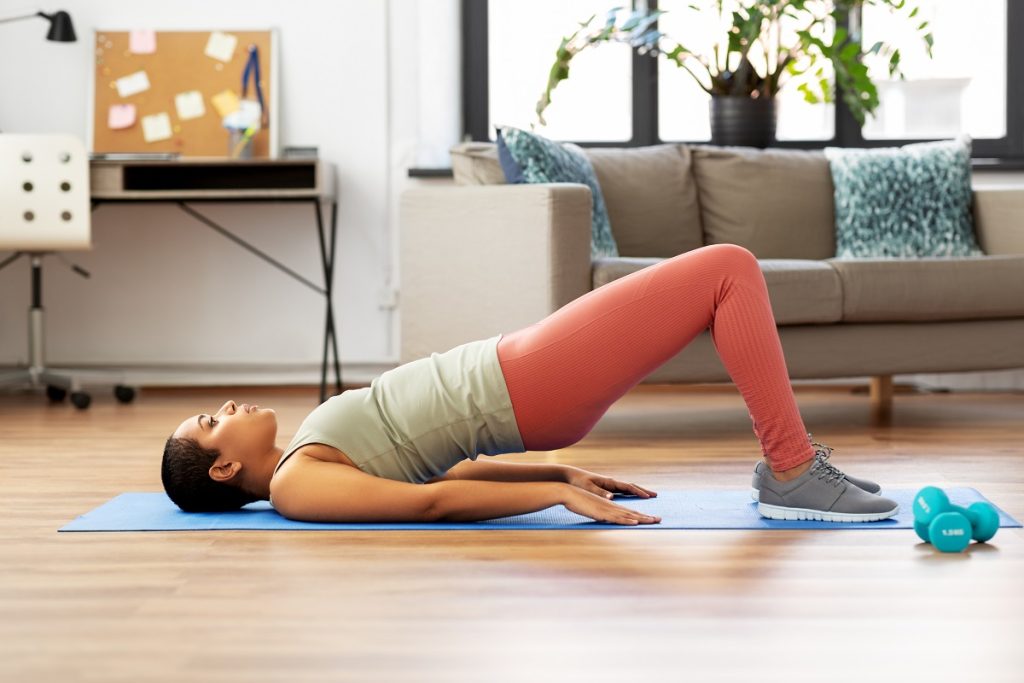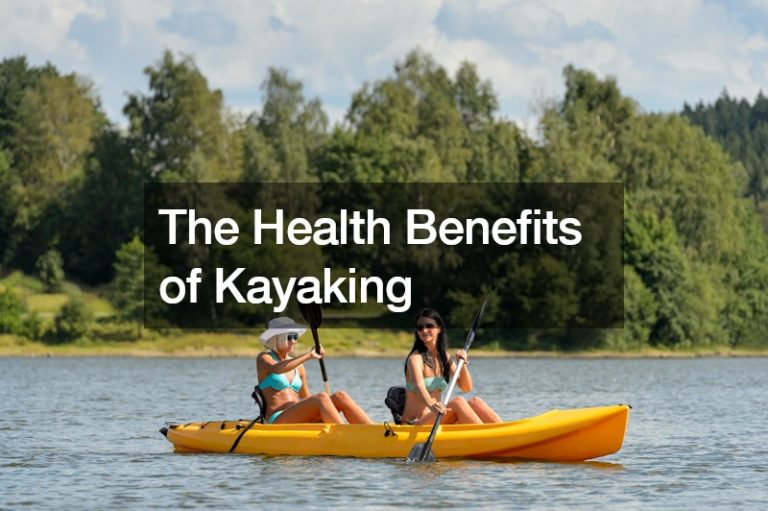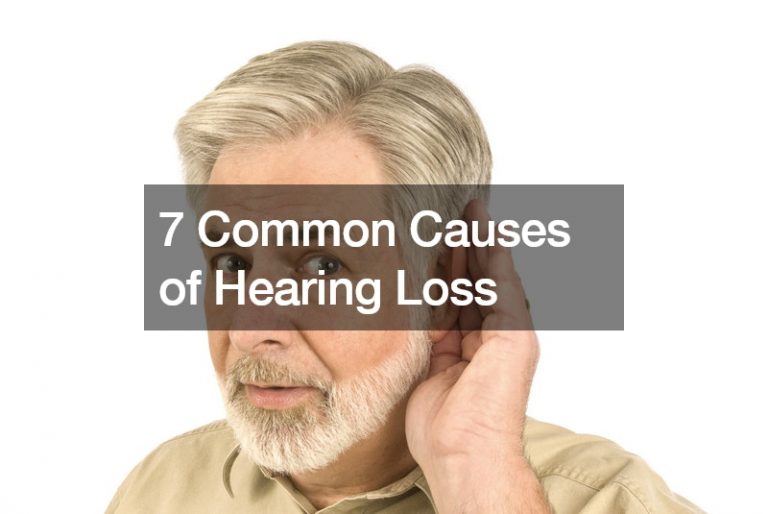Lower glute exercises are essential for achieving well-rounded lower body strength and aesthetics. By targeting the glute muscles, you can improve your posture, balance, and athletic performance. Strong glutes provide stability and support, reducing the risk of injuries during physical activities.
Including exercises like squats, lunges, and hip thrusts in your workout routine can help activate and strengthen the lower glutes. These exercises not only sculpt and tone these muscles but also engage the surrounding ones, leading to improved overall lower body strength.
Whether you are a fitness enthusiast or an athlete, incorporating lower glute exercises into your routine can make a significant difference in your performance and appearance. Keep on reading to discover more about glute exercises and the 15 benefits they bring.
What is Lower Glute Exercises?
Lower glute exercises are specific exercises that target the gluteal muscles, particularly in the lower body region. These exercises help to improve overall lower body strength, stability, and aesthetics. They strengthen and tone the three main muscles of the glutes: the gluteus maximus, gluteus medius, and gluteus minimus.
The gluteus maximus is the largest muscle and is responsible for hip extension and external rotation. The gluteus medius and minimus are located on the outer side of the hip and are responsible for hip abduction and internal rotation.
How does Lower Glute Exercises work?
Lower glute exercises, such as squats and lunges, primarily target the gluteus maximus. These exercises work by creating tension in the glute muscles, which helps to activate and strengthen them.
Additionally, these movements engage the gluteus medius and gluteus minimus, which are located on the sides of the hips. The gluteus medius and minimus help to stabilize the pelvis and maintain balance during lower body movements. By targeting these muscles, lower glute exercises can improve overall lower body strength and stability.
15 Benefits Of Lower Glute Exercises
Glute exercises have many advantages. Some include:
- Improved muscle tone and strength
- Enhanced posture
- Better athletic performance
- Reduced risk of lower back pain and injury
- Increased calorie burn and fat loss
- Improved hip mobility
- Enhanced core strength
- Better physical appearance
- Increased bone density
- Reduced knee and ankle pain
- Boosted confidence and self-esteem
Below, we’ll give you more information about each of these (and several more).
Improved Muscle Tone and Strength
As we said, bottom glute exercises target the gluteal muscles. They activate and engage these muscles, causing them to contract and work against resistance. As a result, the muscles become stronger and more toned over time. Regularly performing workouts for lower glutes also helps to increase muscle mass and reduce body fat, leading to a more sculpted appearance of the gluteal region.
Enhanced Posture

Strong glute muscles play a crucial role in maintaining proper posture and alignment. When the glutes are weak, other muscles, such as the hip flexors and lower back, compensate, leading to postural imbalances.
Strengthening the glutes can help prevent these imbalances by providing stability and support to the pelvis and spine. This, in turn, reduces the risk of chronic pain, injuries, and postural issues.
Better Athletic Performance
Well-developed glutes can greatly enhance athletic performance in a variety of sports and physical activities. The glute muscles, including the gluteus maximus, medius, and minimus, play a crucial role in generating power, stability, and speed.
They contribute to improved jumping, sprinting, and change of direction abilities, as well as increased overall strength and endurance. Strong glutes also help prevent injuries by providing stability and support to the lower back and hips.
Injury Prevention
As we briefly noted a few times, lower glute exercises could play a crucial role in injury prevention by enhancing the stability of the hips and providing support to the lower back. Strong glute muscles help maintain proper alignment and reduce excessive movement in the hip joint, reducing the risk of strains or imbalances that can lead to injuries.
Additionally, the glute muscles work in conjunction with the core muscles to stabilize the lower back. This further reduces the chances of lower back pain or injury during physical activities.
Increased Metabolism
Working larger muscle groups like the glutes can help boost metabolism and aid in weight management due to their significant size and strength. These muscles require more energy to perform exercises, leading to an increase in calorie burn during workouts.
Additionally, as muscle mass increases, the body’s resting metabolic rate also rises, resulting in more calories burned even at rest. Therefore, incorporating exercises that target the glutes can contribute to a faster metabolism and assist in weight management.
Enhanced Hip Mobility
Properly targeted glute exercises can enhance hip mobility and flexibility. Namely, the glute muscles play a crucial role in hip movement and stability. So, strengthening these muscles through exercises like hip thrusts, glute bridges, and squats can improve the range of motion in the hip joint. This can lead to increased flexibility and better performance in activities that require hip mobility, such as running, dancing, and sports.
Core Activation
Strong glutes and engaged core muscles are interconnected in promoting better core stability. The glutes, being the largest muscle group in the body, play a crucial role in stabilizing the pelvis and spine.
When the glutes are strong, they provide a solid foundation for the core muscles to engage effectively. Engaging the core muscles, such as the transverse abdominis and obliques, helps to maintain proper alignment and stability of the spine, resulting in improved core stability.
Improved Lower Body Aesthetics
Workouts for lower glutes are essential for achieving a well-rounded and well-shaped lower body. These exercises target the glute muscles, helping to lift and firm the buttocks. By strengthening and toning the glutes, you also improve the appearance of the thighs and hips, creating a more balanced and aesthetically pleasing lower body.
Reduced Back Pain

Strong glutes can play a crucial role in reducing lower back pain by providing proper support to the lumbar region. The glute muscles help stabilize the pelvis and, with that, align the spine. This, in turn, alleviates stress on the lower back. When the glutes are weak or underdeveloped, other muscles compensate, leading to imbalances and increased strain on the lumbar region.
However, before you engage in these exercises, make sure that you don’t already have some back injury. People with spinal stenosis, for example, should avoid spinal stenosis exercises that are high-impact.
Enhanced Balance
As you can see, well-developed glutes play a crucial role in improving overall balance and stability—this goes for dynamic movements, too. Since the glute muscles help to stabilize the pelvis and maintain proper alignment of the hips, strengthening them means you’ll get better control and coordination of movement.
Functional Strength
A lower glute workout, including lower butt exercises, not only enhances the appearance of the buttocks but also contributes to functional strength. As we said, strengthening the glutes improves posture, stability, and mobility. All of this enables you to perform daily activities like walking, climbing stairs, and lifting objects with greater ease and reduced risk of injury.
Confidence Boost
Achieving glute strength and tone can significantly boost an individual’s self-confidence and body image. Since these exercises enhance overall body shape, improve posture, and increase physical performance, you feel more attractive, confident, and proud of your body, positively impacting your self-esteem and overall well-being.
Joint Health
Proper glute engagement helps in maintaining proper alignment and stability not only of the hips but the knees, too. When the glutes are activated, they provide support to the surrounding muscles and reduce strain on the joints. This helps in preventing excessive stress on the knees and hips, promoting better joint health.
Bone Health
Weight-bearing bottom glute exercises can also contribute to maintaining strong bones by stimulating bone remodeling. These exercises put stress on the bones, prompting them to become stronger and denser over time. Regular engagement in these exercises can help prevent bone loss and reduce the risk of osteoporosis.
Cardiovascular Benefits

Including an under glute workout in your fitness routine can offer cardiovascular benefits as they engage large muscle groups. Exercises like squats, lunges, and deadlifts require the heart to pump more blood to these muscles, increasing heart rate and promoting cardiovascular health. Additionally, these exercises can improve overall stamina and endurance levels.
Conclusion
Incorporating a lower glute workout into your fitness routine offers numerous benefits. It helps strengthen the muscles in your lower body, leading to improved overall lower body strength.
These exercises also contribute to a more aesthetically pleasing appearance, as they help tone and shape your glutes. Moreover, bottom glute exercises promote overall well-being by improving posture and stability and reducing the risk of injury.
So next time you decide to train, consider adding these exercises to your workouts for a holistic approach to lower body strength, aesthetics, and overall well-being.






